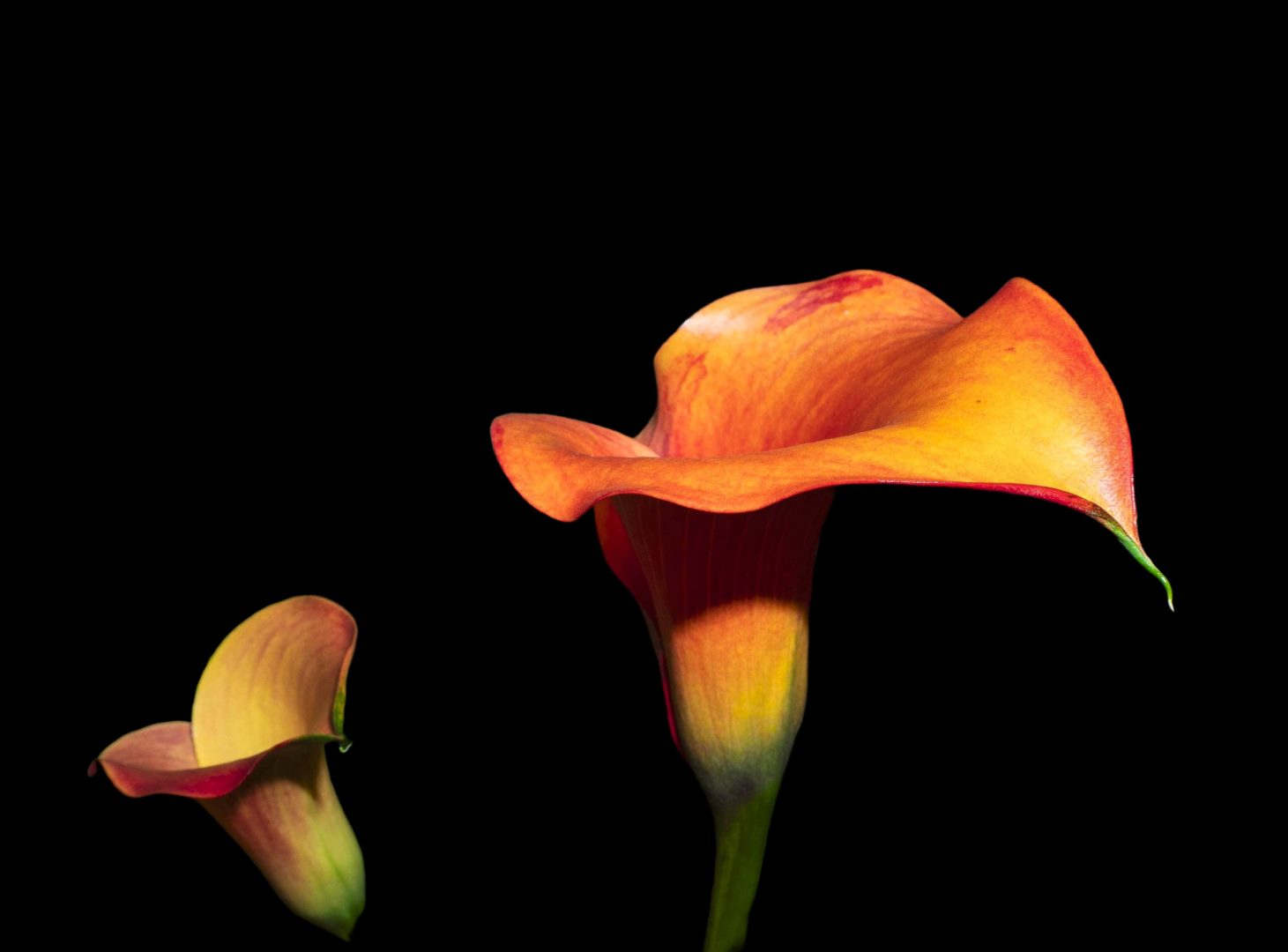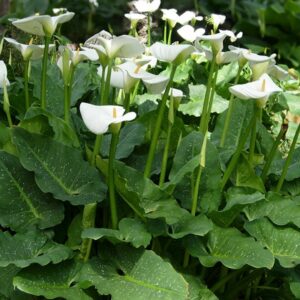Your cart is currently empty!
Fire Dancer Calla Lily: A Stunning and Vibrant Flower for Your Garden

The fire dancer calla lily is a truly captivating flower, boasting a unique combination of vibrant colors and elegant form. With its fiery, sword-like spathes and contrasting yellow spadix, this striking plant is sure to make a bold statement in any garden.
Origin and Characteristics
The fire dancer calla lily (Zantedeschia aethiopica ‘Fire Dancer’) is a hybrid cultivar that originated in South Africa. It belongs to the Araceae family and is known for its distinctive appearance and prolific blooming habits.
Key characteristics:
- Height: 18-24 inches (45-60 cm)
- Width: 12-18 inches (30-45 cm)
- Foliage: Deep green, arrow-shaped leaves
- Spathes: Trumpet-shaped, orange-red to deep red
- Spadix: Central spike-like structure, yellow to orange
- Blooming period: Spring and summer
Care and Cultivation
Fire dancer calla lilies are relatively easy to care for, making them a great choice for both experienced and novice gardeners.
Sunlight
These plants prefer full sun to partial shade. Avoid planting them in areas with intense afternoon sunlight, as this can scorch the leaves.
Soil
Fire dancer calla lilies thrive in well-drained, fertile soil rich in organic matter. Amend the soil with compost or manure before planting to improve its quality.
Watering
Water the plants regularly, especially during dry periods. Allow the soil to dry slightly between waterings to prevent root rot. Mulching around the plants can help retain moisture.
Fertilizer
Fertilize the plants monthly with a balanced liquid fertilizer during the growing season. This will encourage healthy growth and abundant blooming.
Hardiness
Fire dancer calla lilies are hardy in USDA hardiness zones 8-10. In colder climates, they can be grown as annuals or overwintered indoors as houseplants.
Planting and Propagation
Fire dancer calla lilies can be planted in spring or fall. Choose a location that meets their sunlight and soil requirements.
Planting instructions:
- Dig a hole twice the width of the rhizome and just deep enough to accommodate it.
- Plant the rhizome horizontally with the growing tip facing up.
- Fill the hole with soil and gently firm it down.
- Water the plant thoroughly.
These plants can also be propagated by dividing the rhizomes in spring. Use a sharp knife to carefully cut the rhizomes into sections, ensuring that each section has at least one growing tip.
Uses and Benefits
Fire dancer calla lilies are versatile plants that can be incorporated into a variety of garden designs. Their vibrant colors and elegant form make them excellent choices for:
- Borders and beds: Mass plantings create a stunning display along garden paths and borders.
- Cut flowers: The long-lasting blooms are ideal for bouquets and floral arrangements.
- Container gardening: Their compact size makes them well-suited for growing in pots and containers on patios or balconies.
In addition to their ornamental value, fire dancer calla lilies also offer several potential health benefits. They are rich in antioxidants, which can help protect against cell damage. Some studies suggest that these flowers may also have anti-inflammatory properties.
Troubleshooting
Like all plants, fire dancer calla lilies are susceptible to certain pests and diseases. Here are some common problems and solutions:
| Problem | Cause | Solution |
|---|---|---|
| Yellowing leaves | Nutrient deficiency or overwatering | Fertilize regularly and adjust watering frequency |
| Brown spots on leaves | Bacterial or fungal disease | Treat with appropriate fungicide or bactericide |
| Aphids | Small, green or black insects | Control with insecticidal soap or neem oil |
| Slugs and snails | Soft-bodied pests | Use slug and snail bait or create physical barriers |
Conclusion
The fire dancer calla lily is a captivating and rewarding plant that brings a vibrant touch of color and elegance to any garden. With its easy-care nature and versatile uses, it is an excellent choice for both novice and experienced gardeners. By following the care and planting tips outlined in this article, you can enjoy the beauty and benefits of this stunning flower for many seasons to come.








Leave a Reply